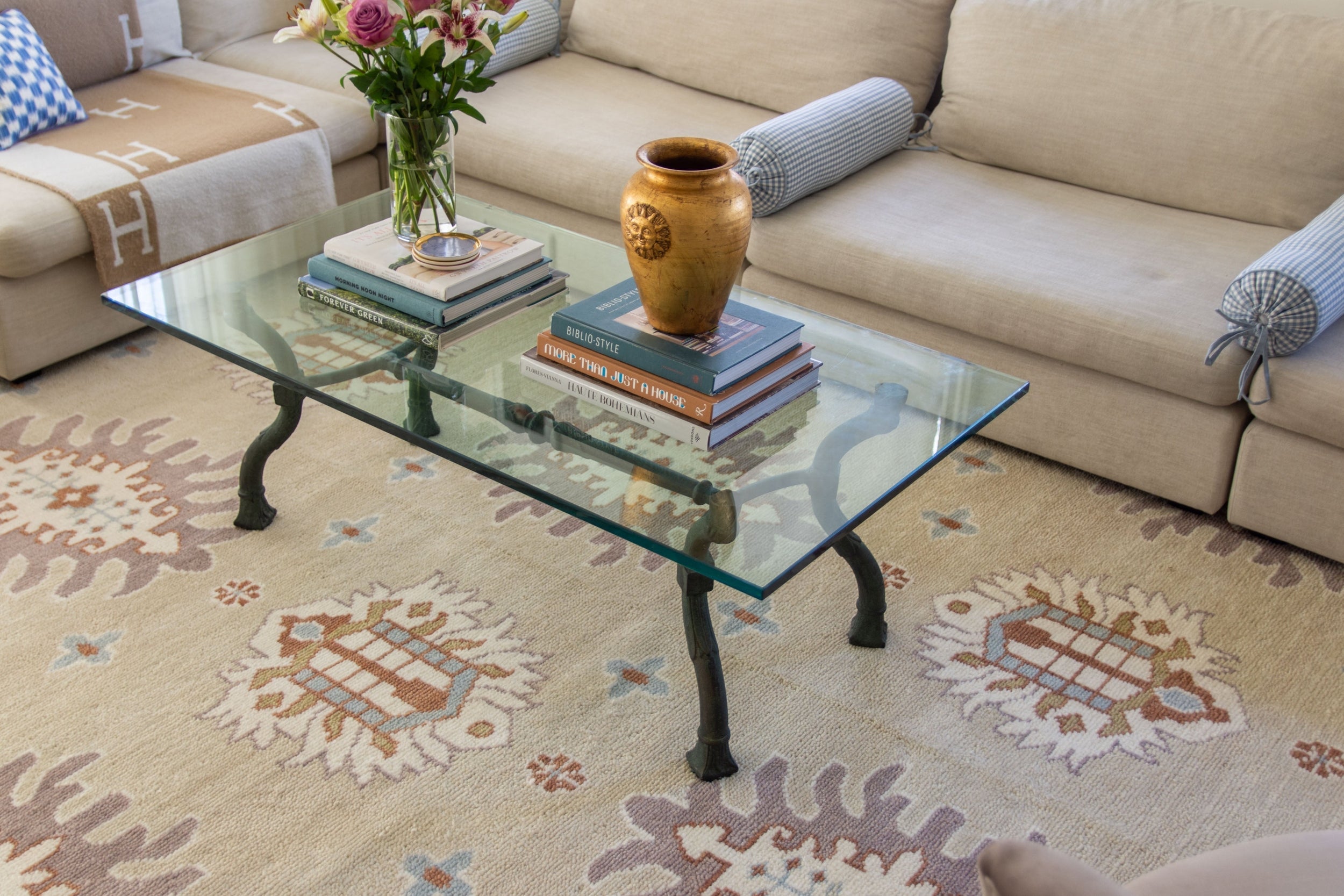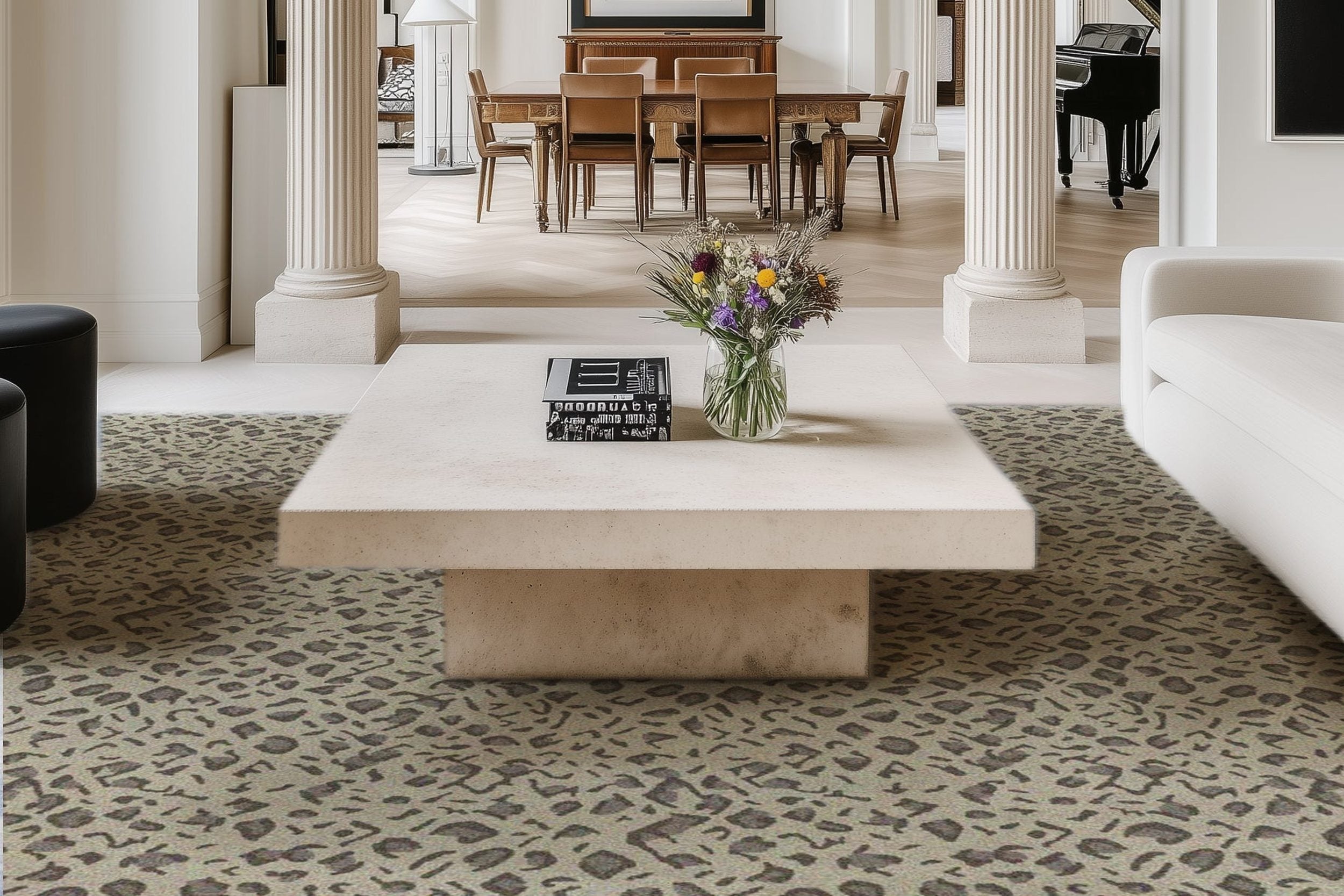A Healthier Home Starts in the Living Room
 A living room that truly restores you doesn’t shout. It breathes. The wood grain feels alive, the light is soft and forgiving, and every piece earns its place through comfort, utility, and longevity. Building that kind of room is less about chasing trends and more about thoughtful choices—from the sofa you sink into to the rug underfoot and the table lamps that turn evening into a gentle invitation. What follows is a practical, design-forward guide to shaping interiors that look beautiful, live well, and support healthier habits day after day.
A living room that truly restores you doesn’t shout. It breathes. The wood grain feels alive, the light is soft and forgiving, and every piece earns its place through comfort, utility, and longevity. Building that kind of room is less about chasing trends and more about thoughtful choices—from the sofa you sink into to the rug underfoot and the table lamps that turn evening into a gentle invitation. What follows is a practical, design-forward guide to shaping interiors that look beautiful, live well, and support healthier habits day after day.
Foundations: Air First, Then Everything Else
Before colors and fabrics, consider air. Open windows when the weather allows, let cross-breezes roll through, and keep an eye on dust points—curtains, cushions, the seams where floors meet walls. When you bring in new pieces, prioritize low- or no-VOC finishes, plant-based oils, and textiles that skip harsh chemical treatments. Natural fibers—cotton, linen, wool, jute—tend to regulate humidity and temperature better than synthetics, so the room feels calmer and smells like itself, not a warehouse. None of this requires perfection; it rewards persistence. As you replace or add items, choose the option that will help the room breathe.
Sofas: Comfort That Endures
Your sofa is the engine of the space—morning coffee perch, late-night movie seat, conversation anchor. Look for kiln-dried hardwood frames with solid joinery so the silhouette stays quiet and sturdy over time. Cushion cores matter more than marketing claims: resilient materials such as natural latex (often wrapped in wool) or high-density foam hold their shape and feel supportive after years of use. If your living room doubles as an office or guest space, consider the elegant utility of a futon sofa bed; it expands your room’s purpose without the visual weight of a pull-out mechanism.
Fabric is a sensory choice as much as a practical one. Performance textiles can be a gift in busy households, but balancing them with natural-fiber throws and pillows keeps the tactile experience breathable. Select a grounded, forgiving tone—ink, forest, clay, or a warm neutral—and let texture carry the interest so you won’t feel compelled to replace it with every season.
Area Rugs: Quiet Underfoot, Cohesion at a Glance
Rugs do more than decorate; they tune acoustics, soften walking, and visually knit seating pieces together. Wool is the benchmark for resilience and ease of care, cotton adds casual charm, and jute or sisal brings organic texture that settles a bright room. Right-sizing the rug is as important as the fiber. When the front legs of the sofa and chairs rest on the rug, the composition reads as a single conversation zone and the room instantly feels more intentional. A natural felt or natural-rubber pad lifts comfort while avoiding chemical odors.
Table Lamps: The Art of the Evening
Overhead lights are useful, but they flatten. Table lamps sculpt. A pair placed at different points in the room—one near the end of the sofa, one across or behind—creates a rhythm of light that makes faces look warm and pages easy to read. Choose linen or cotton shades for even diffusion and dimmable, warm-temperature LED bulbs with high color accuracy so wood tones look rich and textiles look true. Add a floor lamp to bounce light off a wall for an ambient glow without glare. In small apartments, these choices can make the difference between “a room with furniture” and “room that welcomes you to stay.”
The One-Weekend Edit
If you want palpable change without a full redesign, focus on small acts that compound. Do these in an afternoon, and the room will feel noticeably calmer by night:
- Swap the coldest bulbs for warm, high-CRI LEDs and add one dimmer where you linger most.
- Layer a natural felt rug pad beneath your existing rug to improve both comfort and air flow.
- Corral tabletop objects on a single wood or stone tray; let the rest live behind a door or in a drawer.
- Rotate sofa cushions and vacuum crevices with a soft brush to reduce allergens and revive loft.
- Re-oil a tired wood surface with the finish the maker recommends to restore luster without lacquer.
- Add one plant where your eye naturally rests; let green do what green does—calm and enliven.
Interiors in Motion: Layout That Respects Life
Great rooms respect how bodies move. Aim for clear paths around furniture, with generous turns so shins and toes stay unbruised. Think in zones instead of corners: a conversation zone that allows eye contact without shouting, a reading nook with a chair, lamp, and a place to set a mug, and a patch of open floor that can host morning stretches or a child’s building project. If the room echoes, textiles are your allies—curtains, upholstered seating, and a dense wool throw soften sound more gracefully than any panel.
Materials That Tell the Truth
Amid a sea of product pages, credibility is clarity. When brands describe wood species, finishing methods, fiber contents, and cushion densities plainly, you can make decisions that match your values and your budget. Veneers can be excellent when executed with care; solid wood can disappoint when rushed. The difference lies in craft, finish, and transparency. When compromises are necessary—and they often are—choose durability and reparability. Long-lived pieces are inherently more sustainable, and the most sustainable item is the one you don’t have to replace.
Color, Texture, and Calm
Color works best when it supports the way you live. Start with two or three soft base tones and repeat them across walls, large upholstery, and window treatments to create continuity. Introduce a single deeper color for focus, then let texture carry the rest—bouclé against linen, matte wood against glazed ceramic, wool pile against a smooth leather arm. Seasonal variation comes from what you can fold and store: pillow covers, throws, and table textiles. In this rhythm, the room evolves without waste.
Caring Is Part of the Design
Sustainability extends from purchase to practice. Dust lampshades and bulbs; a clean shade can feel like new lighting. Blot spills with cool water first, then mild soap, and resist the urge to scrub. Flip and rotate rugs and cushions to even wear and sun exposure. Wash cotton or linen covers on gentle cycles and air-dry when possible. These rituals don’t just preserve appearances; they protect indoor air by keeping particulates out of circulation.
Bringing It All Together
A healthy living room is not a collection of virtuous labels; it’s a daily experience of ease. The sofa welcomes, the rug steadies, the lamps soften, and the air feels clear enough to notice the scent of tea or rain on the window. You get there one decision at a time—choosing woods and finishes that respect your air, textiles that feel honest to the touch, and forms that stay useful as your days change. The result isn’t a showroom or a trend board. It’s a room that makes room for conversations that run long, for naps after rain, for ordinary evenings that feel a little less ordinary because the space around you is quietly doing its job.
Browse by Category

Design Projects
Explore interiors from client work and personal renovations — layered, livable, and always in progress.
read more →
Collaborations
From product launches to styled spaces, discover the brand stories I’ve helped bring to life.
read more →
The Notebook
A growing archive of iconic designers, inspiring artists, and unforgettable design moments.
read more →
Travel by Design
Wander with a designer’s eye — from charming hotels and city guides to visual inspiration abroad.
read more →




